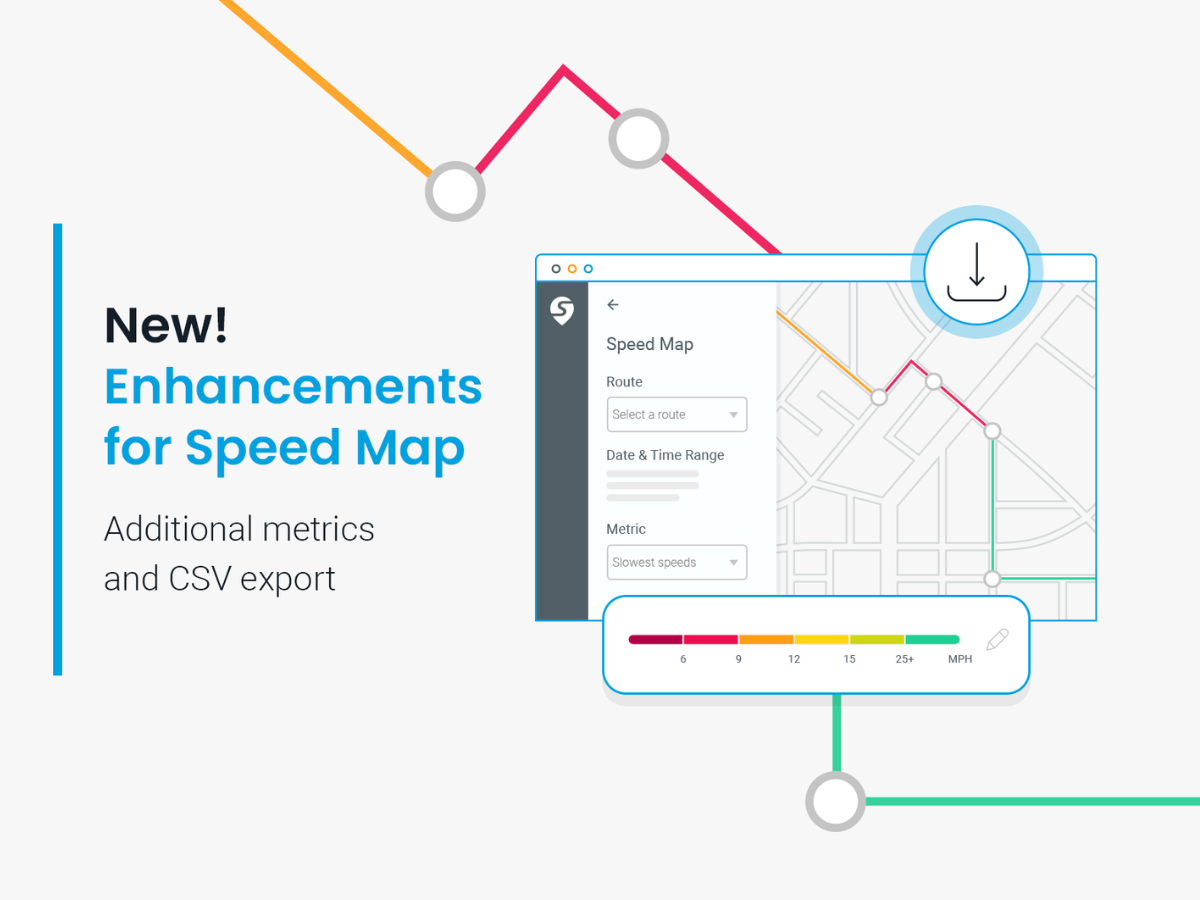How Transit Agencies Can Respond to Impacts from Winter Weather
The holidays are always full of joy, family gatherings… and unpredictable weather. The headlines over this past season were rife with news about flight cancellations and stranded passengers thanks to a “bomb cyclone.” The final tally for the days surrounding Christmas is topping out at nearly 15,000 flight cancellations across the United States.

But airlines weren’t the only ones impacted by the weather. On the ground, public transit agencies were faced with record schedule changes and cancellations.
Through our unique data engine, Swiftly is able to look across over 130 public transit agencies to analyze the impact of weather and other events. By looking at agencies’ static schedules along with real-time vehicle location data from any existing infrastructure, Swiftly’s data engine can measure actual service delivered relative to what was scheduled. Further, with Swiftly’s Service Adjustments product, agency staff can make ad hoc changes to service in real-time – including modifying departure times, canceling trips or blocks, adding trips, closing stops, and creating detours. Changes made in Service Adjustments instantly update the information that operators and staff see along with the real-time information sent to passengers.
Measuring the Impacts on Service This Holiday Season
Analyzing service adjustments also provides a glimpse into how agencies were impacted by the severe weather.
Over the course of this recent holiday season from December 22nd through December 31st, we observed that several agencies had severe disruptions delivering as little as 62 percent of their scheduled service. Agencies that partner with Swiftly to manage their passenger information created 213 percent more service adjustments than on a typical day. In total, Swiftly customers produced over 6,000 service adjustments during those ten days, helping to ensure that every rider had up-to-date and accurate information. While weather wasn’t impacting all parts of the US, there were other factors making this holiday season hectic including staff and operator shortages, spikes in COVID and other illnesses, and changes in schedules and routes due to holidays and other local celebrations.
On the Ground or in the Air, Better Technology Helps to Weather the Storm
As we’ve come to learn, the flight cancellations were initially due to weather, but the airlines who suffered the worst had compounded effects from outdated software and infrastructure. The cancellation problem for airlines was further exacerbated by their lack of timely communication to passengers.
For public transit, communication to passengers is just as critical when cancellations and changes arise. Agencies need the infrastructure that not only allows agency staff to make changes on the fly, but automatically and instantly communicates those changes to passengers. Providing passengers with the information they need to make informed decisions and connect them to where they need to go will keep passengers coming back in the future. We saw this happen back in February 2021 when a major storm hit Texas and CapMetro was able to cancel service and proactively notify passengers.
The winter season is still underway with another “bomb cyclone” set to hit California and make its way across the United States. Keeping passengers and staff both safe and informed throughout the storms will be essential for every impacted transit agency.
This article was originally published by Swiftly.














